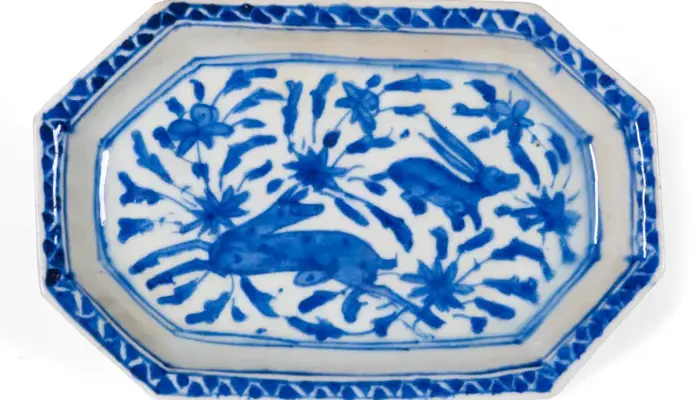
The Cost of Cobalt
Lately people have been switching to electricity as a ‘cleaner’ option than fossil fuels. Electricity often has to be stored in batteries. Even electricity that has been generated by solar, water, or wind power.
This online exhibition is going to be about batteries. Sound boring? Just think of all the things you use that have batteries. Can you imagine life without them?

Smartphones, tablets, laptops, electric cars, digital cameras – they all use batteries. Inside all of these batteries is a mineral called ‘cobalt’. It’s also used in the manufacture of jet engines, gas turbines and magnetic steel engineering. You can’t check social media, send an email, fly in a plane or drive in an electric car without using cobalt.
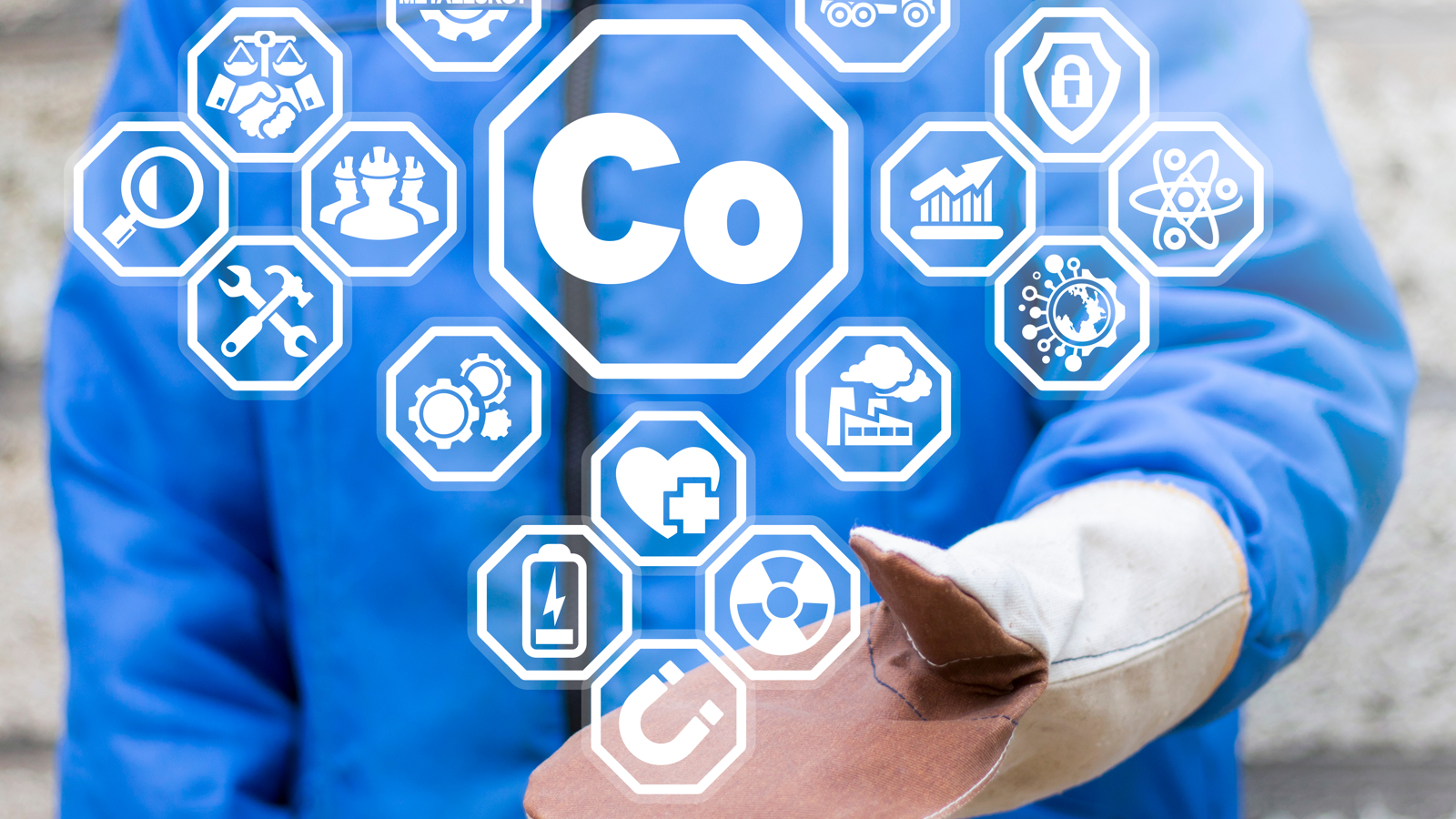
So what is cobalt and why is it important?
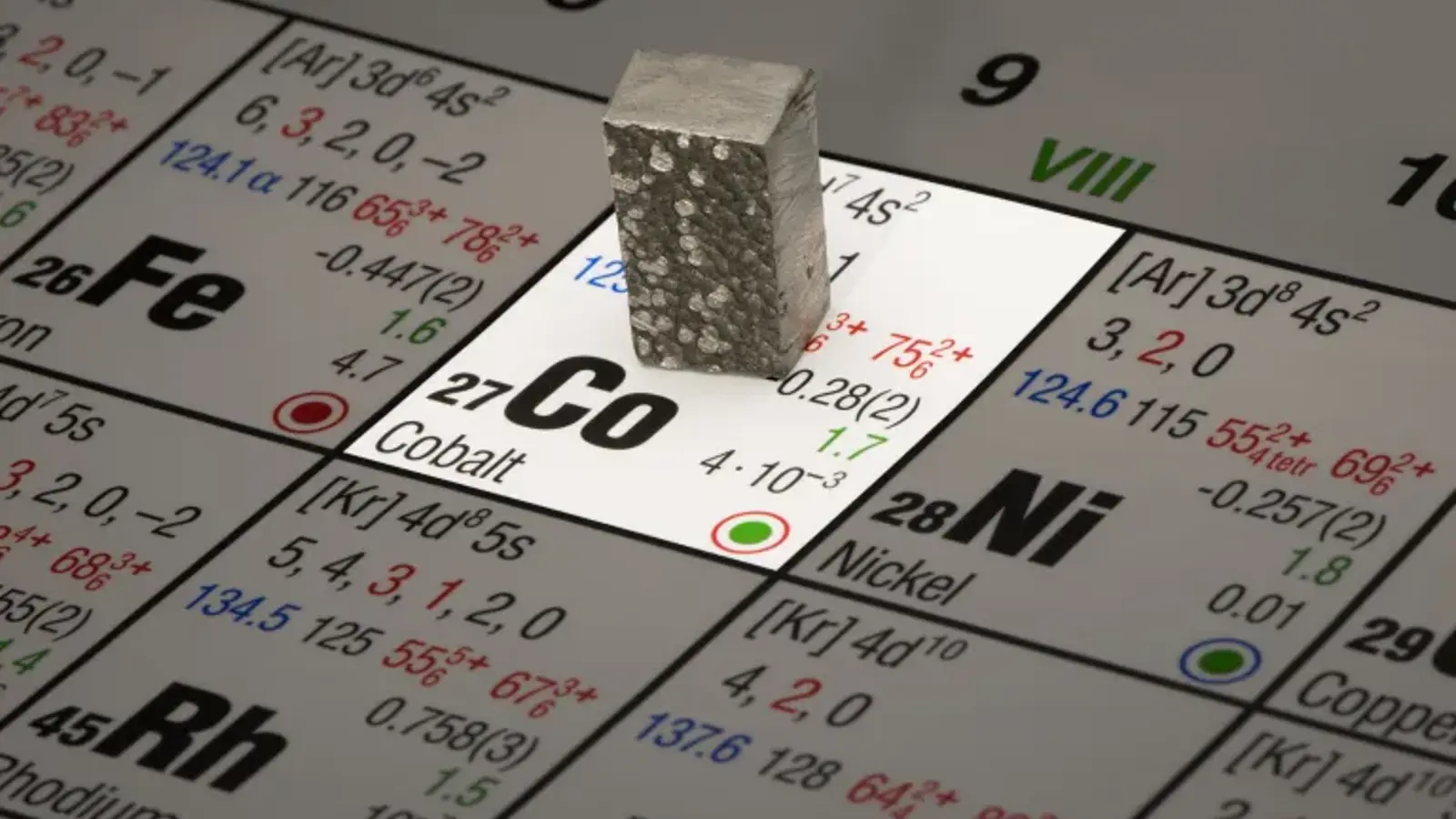
Cobalt is element number 27 on the periodic table.
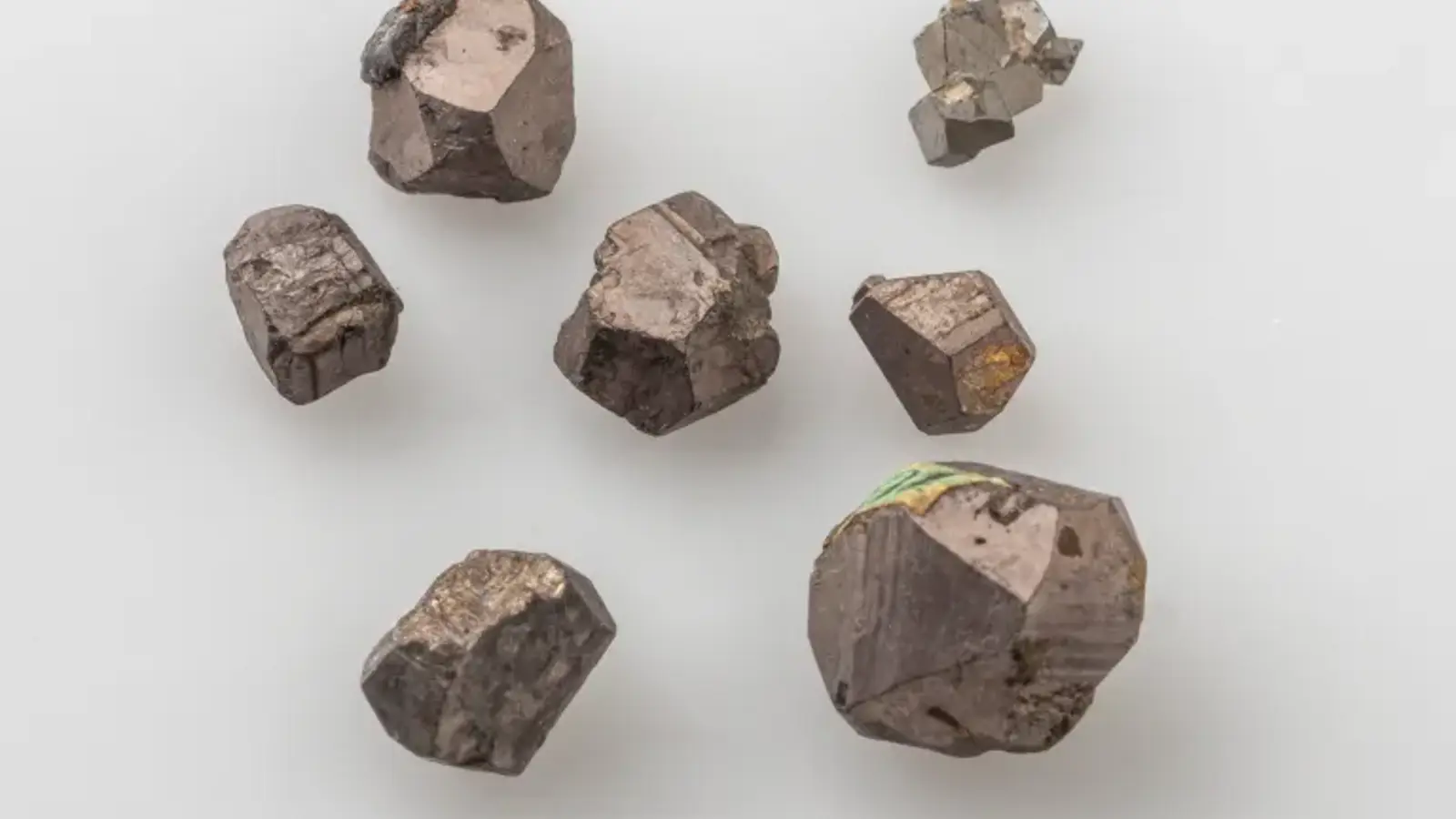
Cobalt is a naturally occurring metal , and was first isolated and named in 1735 by the Swedish chemist Georg Brandt.
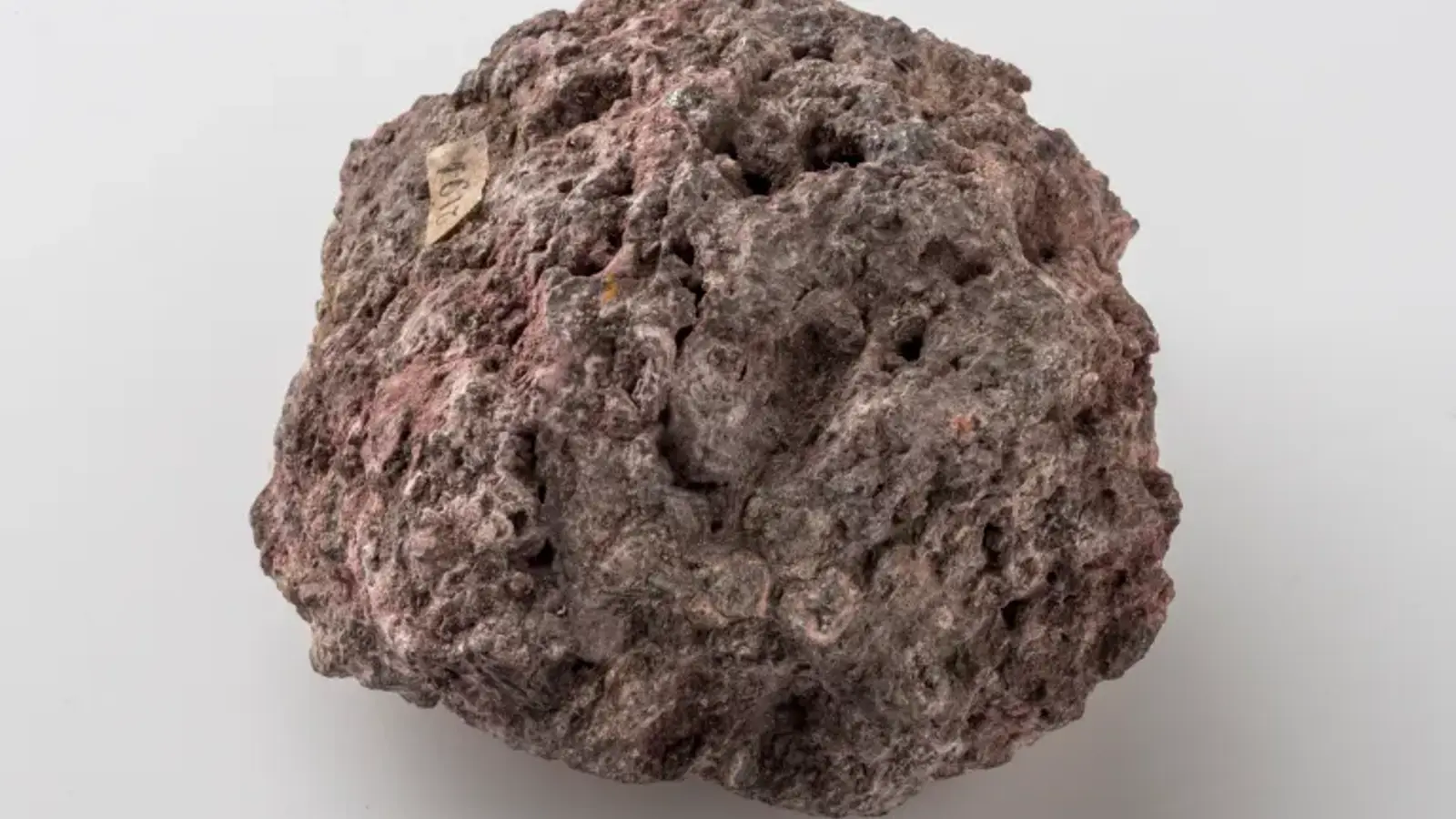
This mineral sample in Glasgow Museums’ collection is called ‘Erythrite’ but is also referred to as ‘Cobalt Blooms’, because it is most commonly found growing as brightly coloured pink crusts on Cobalt minerals. Because Erythrite is easy to spot by miners, it’s used to help them when they’re looking for cobalt, silver, or nickel.

You might have heard of ‘cobalt blue’. However, cobalt in its natural state is not bright blue. It needs to be treated with a process called calcination – this is when cobalt oxide (Co3O4)is heated with aluminium silicates at 2,192 degrees F (1,200 degrees C). Cobalt didn’t get its name until the 1700s, but cobalt-based pigments and dyes have been used for millennia.
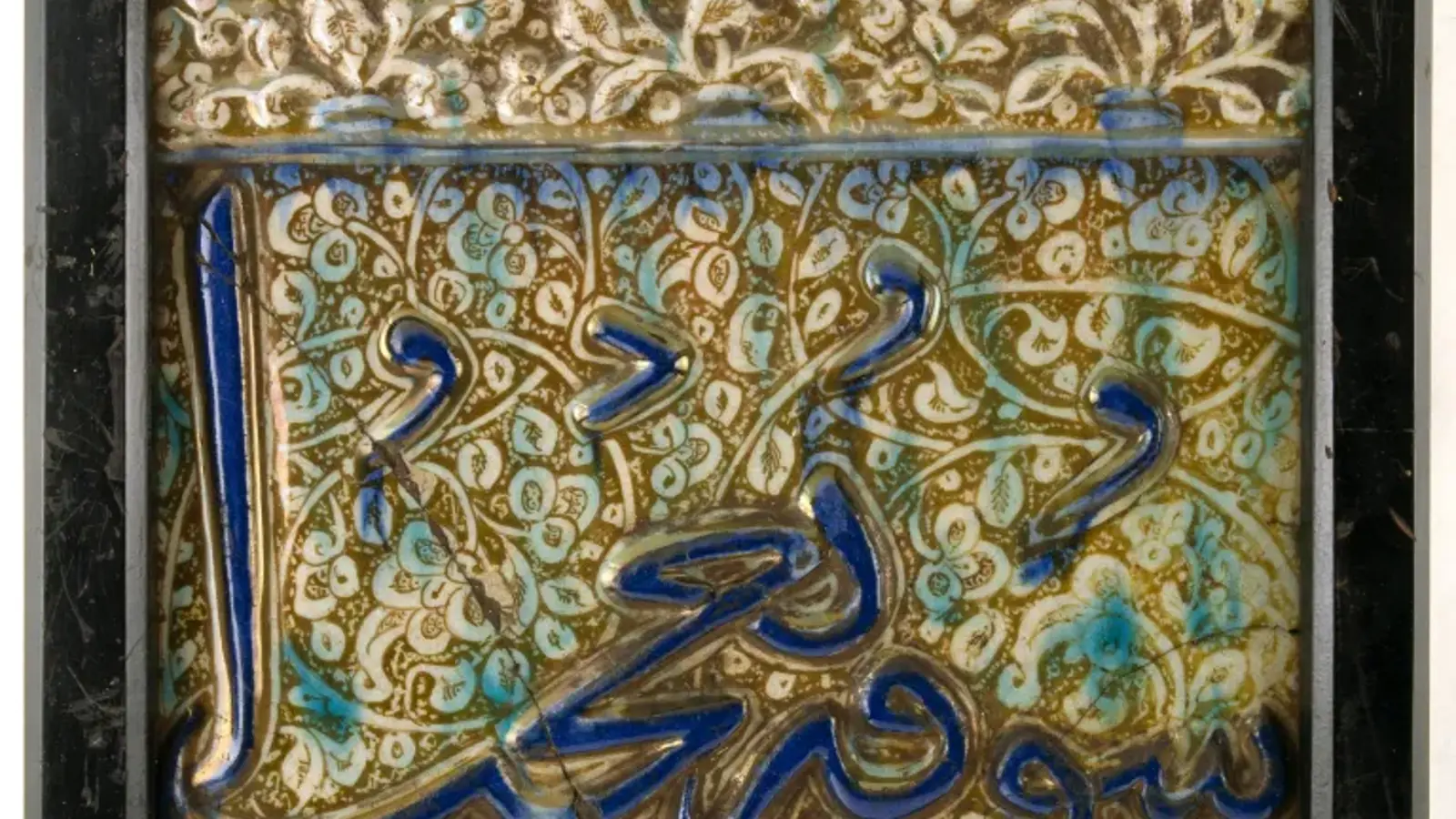
Cobalt is used in the creation of stunning pieces of blue pottery and in artworks like this tile from Glasgow Museums’ collection.
Cobalt Lustrewares

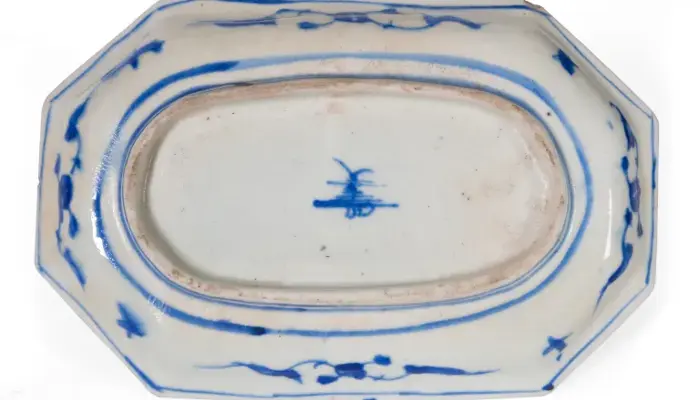
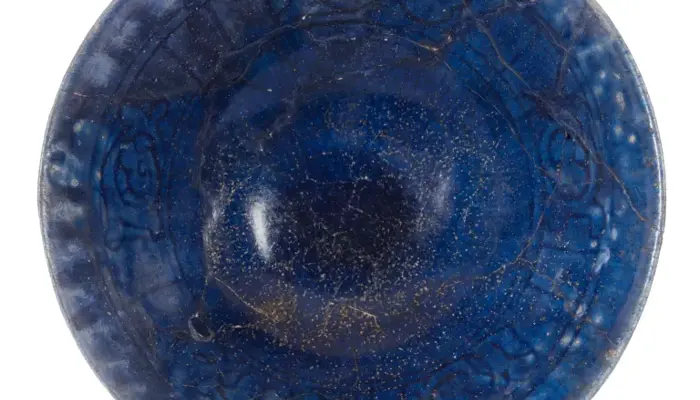
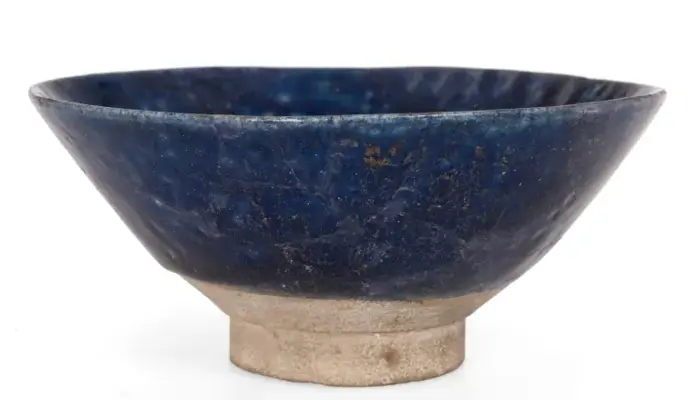
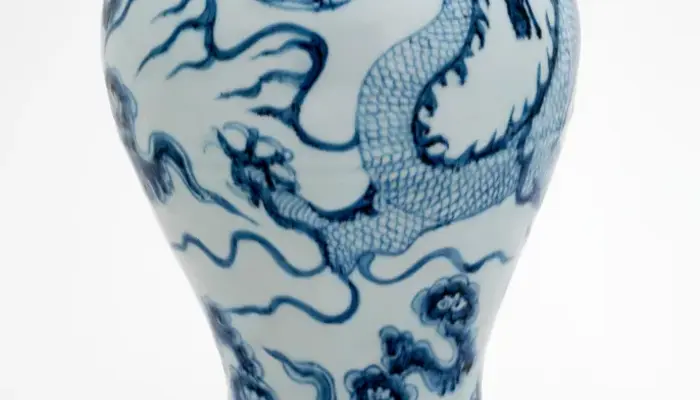
Beautiful pieces of glass and pottery were found in Egyptian tombs that date as far back as 2,600 years. There is also a famous type of blue Chinese porcelain that dates from the Tang (600-900 C.E.) and Ming (1350-1650 C.E.) dynasties. They all feature blues that were produced using cobalt.
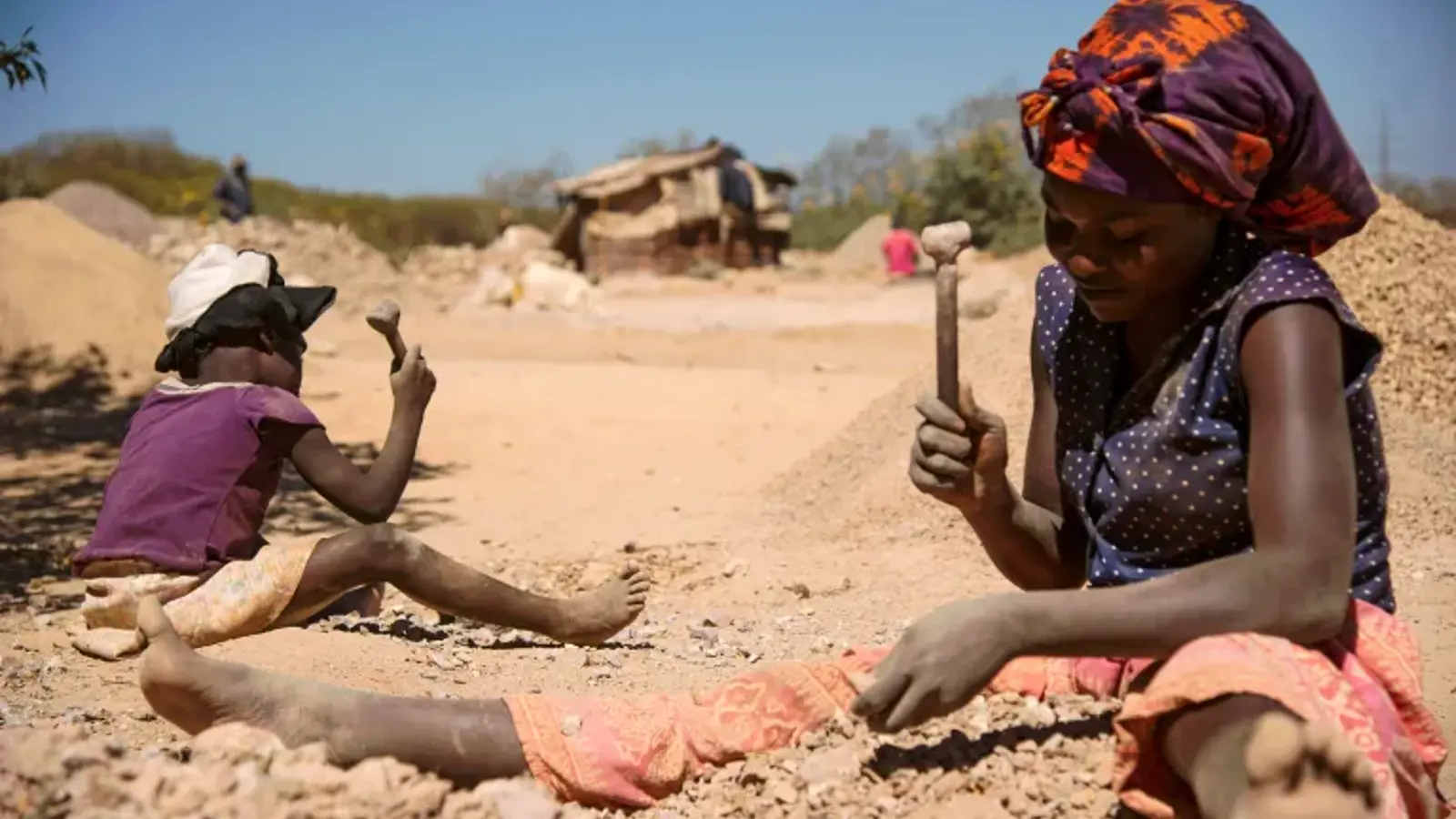
For a very long time, cobalt was used to make colours. In 1916, over 70 percent of all cobalt mined and refined in the world, which was only 440 tons (400 metric tons), was used as oxides for colourings.
In 2016 however, 126 000 tonnes of cobalt were mined for use in batteries. It was mined in 20 countries around the world, with the largest supply coming from the Democratic Republic of the Congo (DRC).
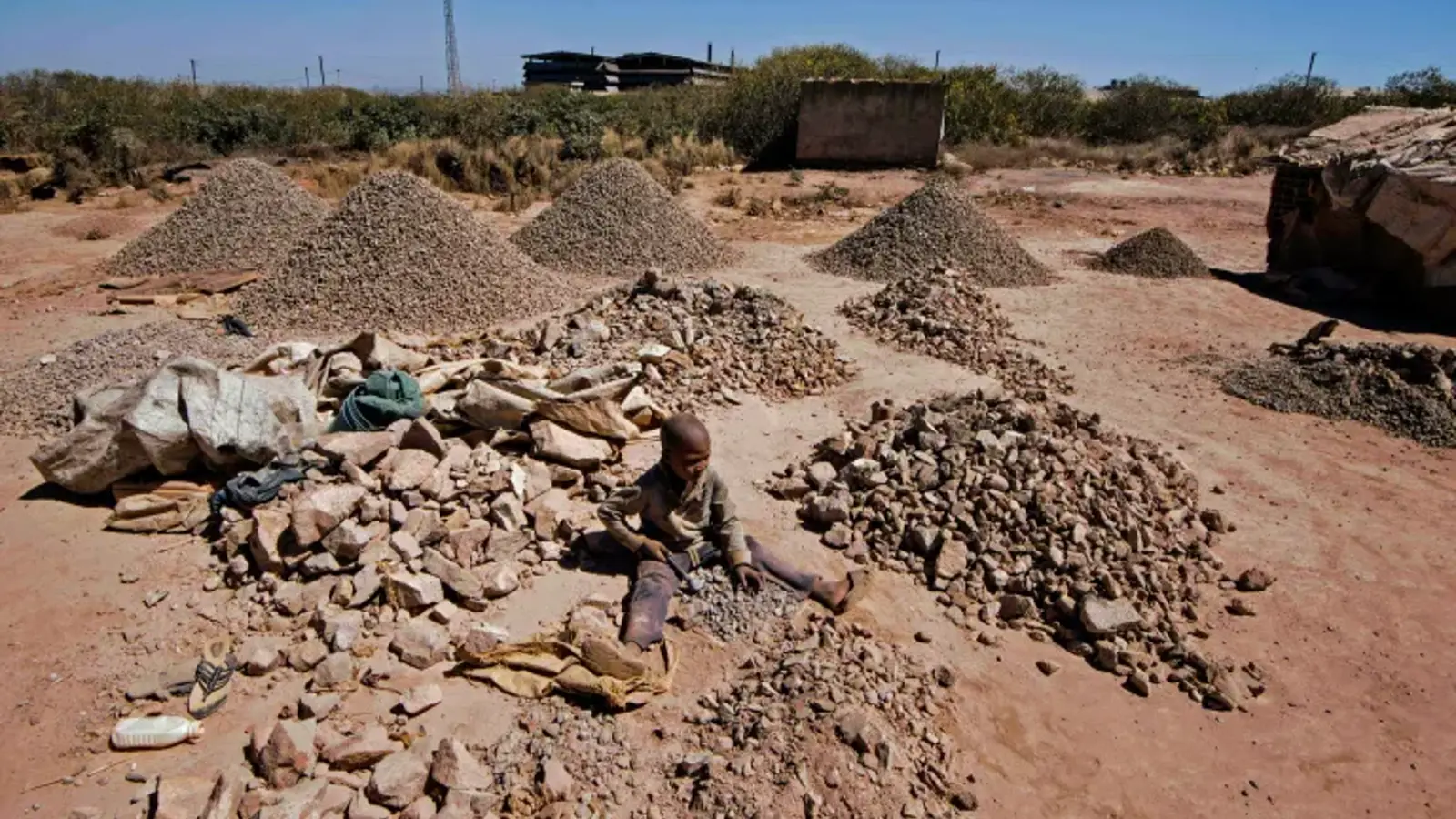
Wealthy countries reap the benefits of Cobalt mining, increasing their wealth, comfort, and influence – whilst the miners themselves are underpaid, poorly treated, and exploited. Fatal accidents in unsafe tunnels occur frequently. And there are reports like this one by Amnesty International on the wide use of child labour in these operations.
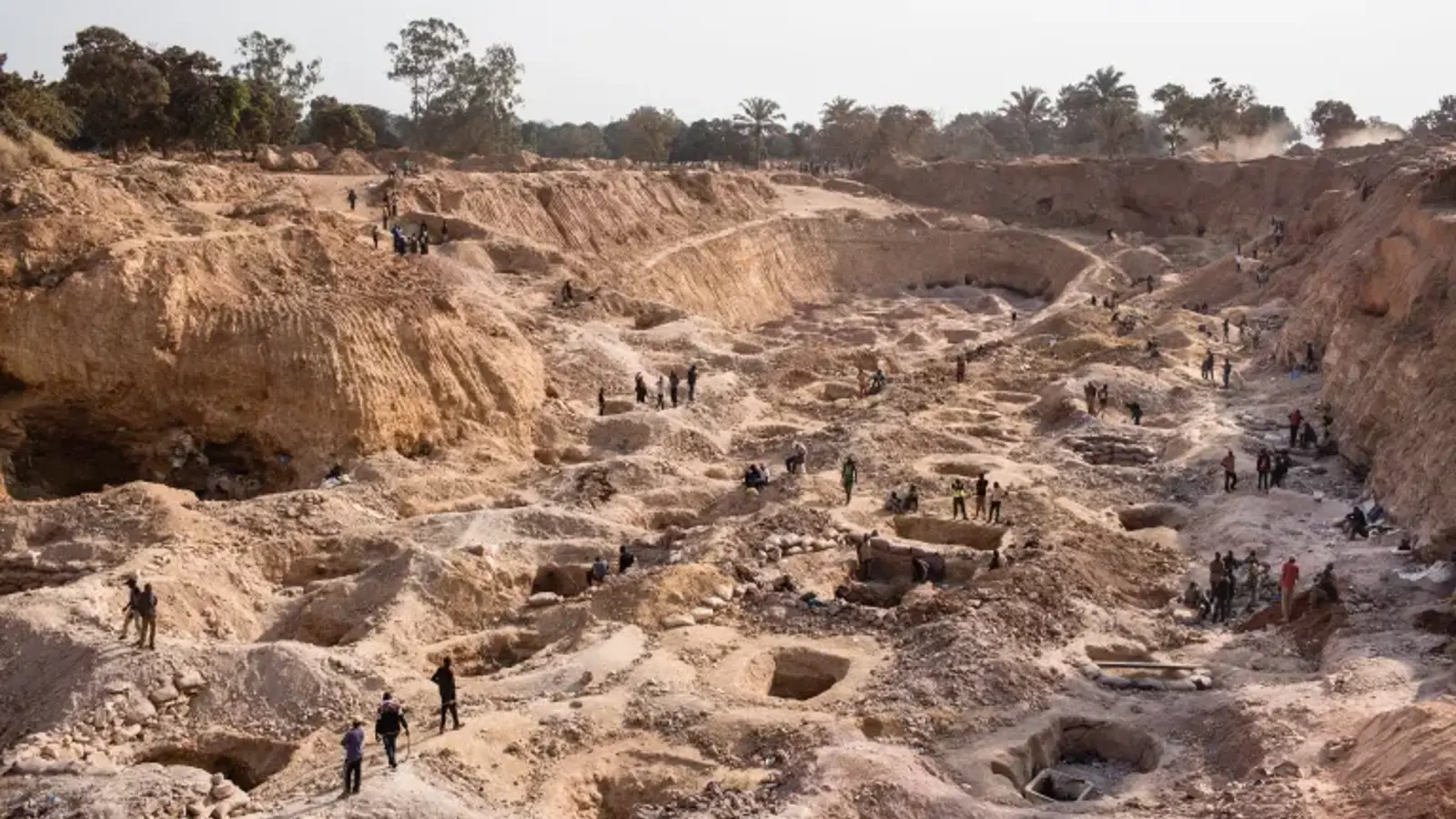
These mines also lay waste to large areas of the environment. Cobalt mine sites may contain sulphur minerals that can generate sulfuric acid when exposed to air and water. This process, known as acid mine drainage, can devastate rivers, streams and aquatic life for hundreds of years.
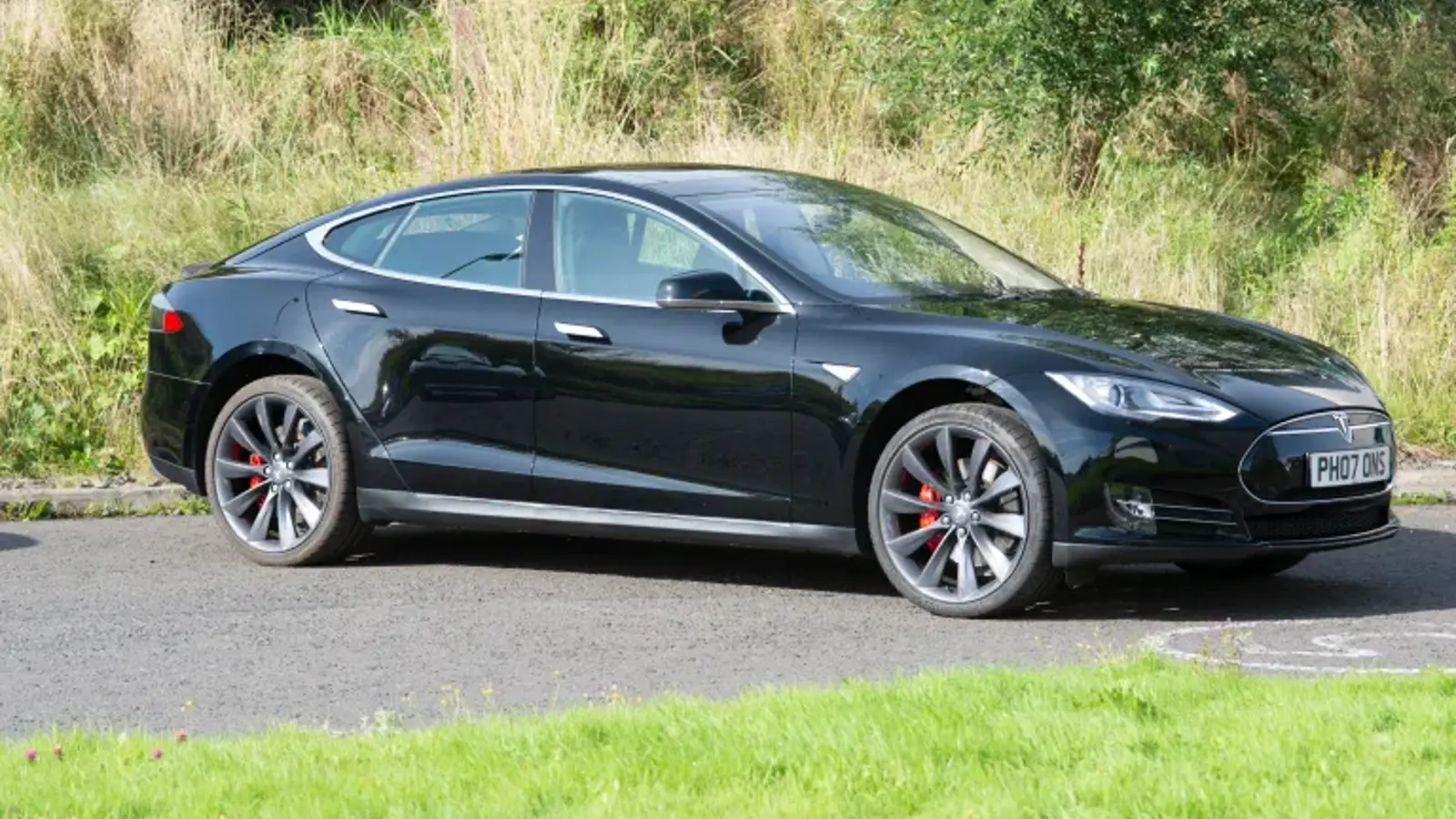
Electric cars like the Tesla Model S P85+ currently on display in The Riverside Museum ‘Going Green’ display are powered by battery. The middle of the car, under the floor, is where the crucial Lithium-Ion rechargeable battery is fitted. Made by Panasonic – model name NCR18650A – its capacity is 85 kilowatt hours (kWh). With 7,104 cells the battery weighs in total 603 kilograms. On a full charge, the car is claimed to have a range of 265 miles.

Some cars like this Honda Insight Hybrid Car, also on display in The Riverside Museum ‘Going Green’ display, use a combination of both electric and petrol power as the main solution to improving fuel economy and reducing carbon emissions. This car is fitted with a Nickel Metal Hybride (NiMH) battery which also contains cobalt. Spent Lithium Ion Batteries contain cobalt (5–20%), nickel (5–10%), and lithium (5–8%) and spent NiMHs are rich in nickel (36–42%), cobalt (3–5%), and Rare Earth Elements (5–25%).
Many challenges are faced when recycling batteries because of their complex construction, but scientists and designers are working hard to come up with better and more efficient methods.
The drive to recycle lithium-ion batteries | Feature | Chemistry World
The Race To Crack Battery Recycling—Before It’s Too Late | WIRE
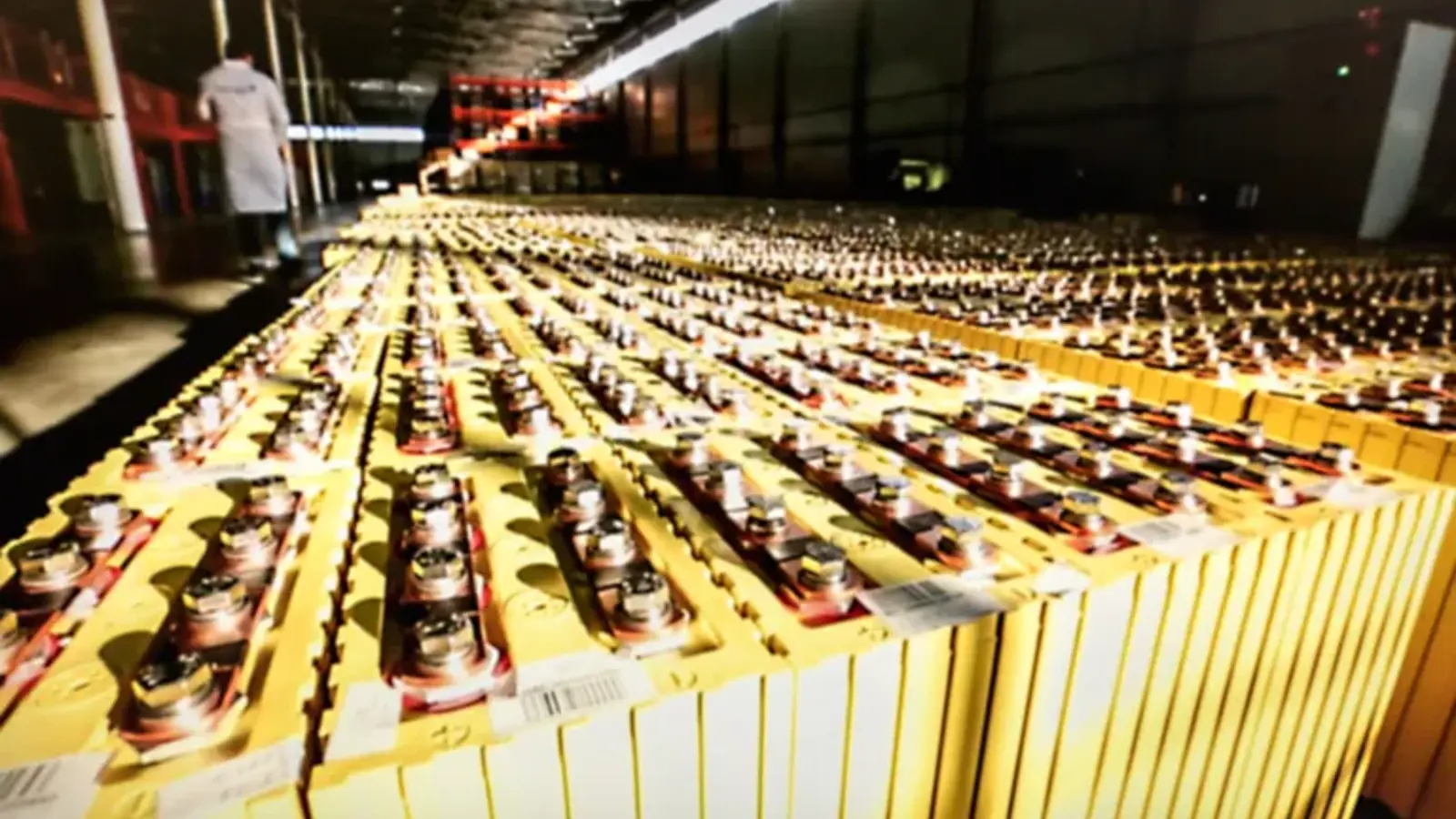
The more people switch to electric cars the greater the number of batteries need to be produced and the greater the need to find solutions that reduce the need for cobalt, and make recycling more cost-efficient, less wasteful, and easier.
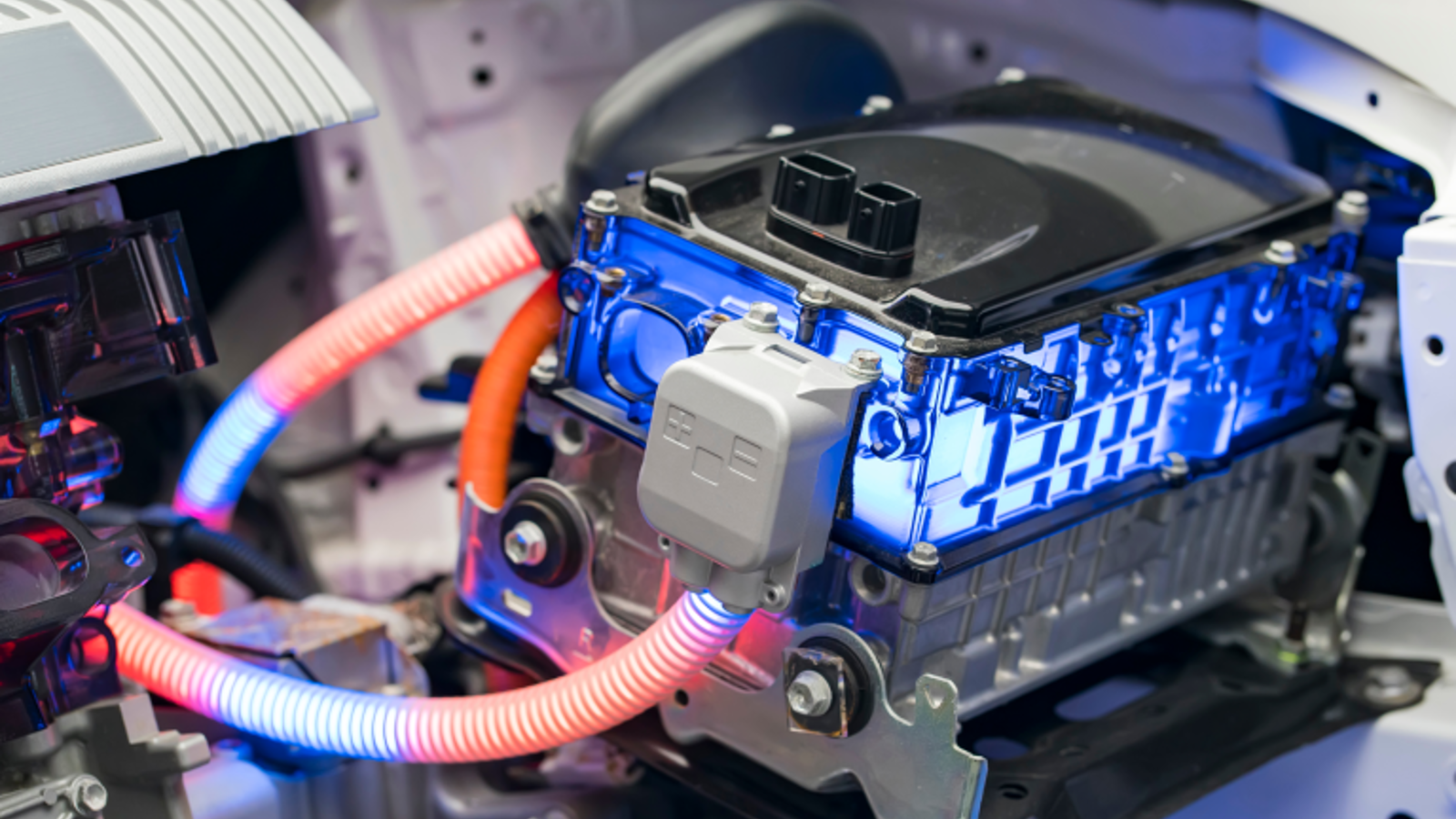
As mentioned, it’s not just electric cars that rely on lithium-ion batteries. They’re used in many of the objects we use in daily life. Like this laptop in Glasgow Museums’ collection:
T.2018.1.1 Panasonic Toughbook CF-W8 laptop. Gifted by Mark Beaumont.
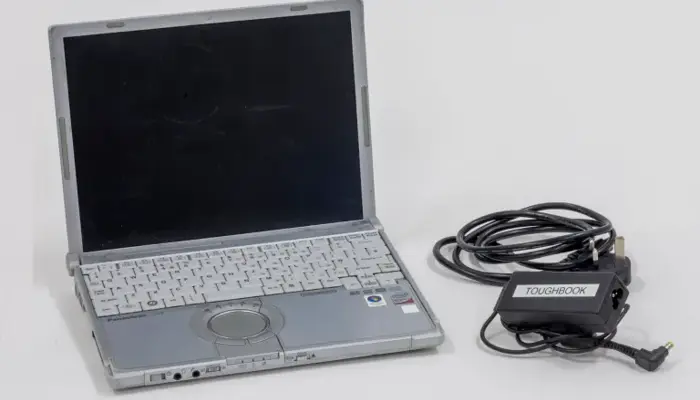
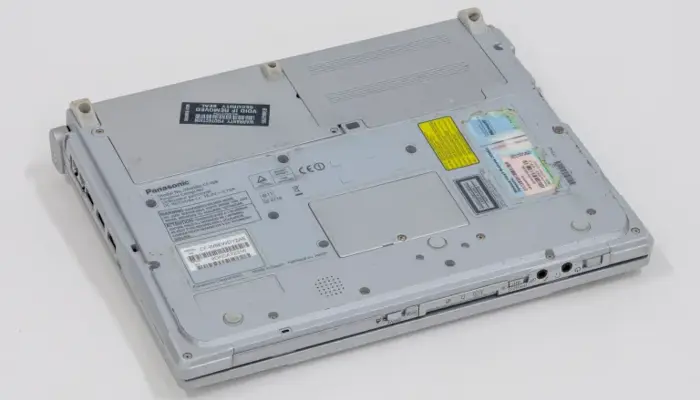
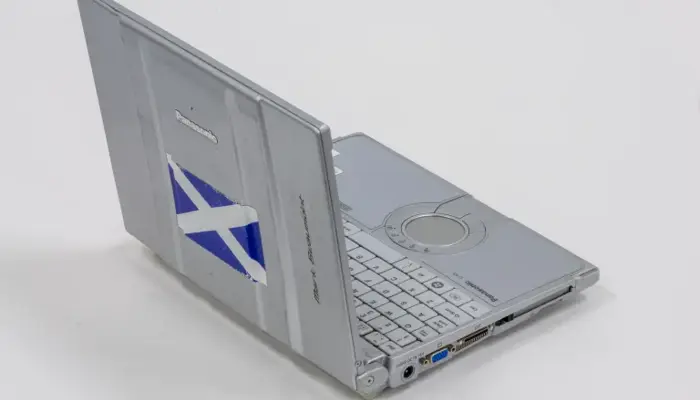
We have a number of mobile phones in the collection including this Ericsson model GH388 and this Apple iPhone.
Phones
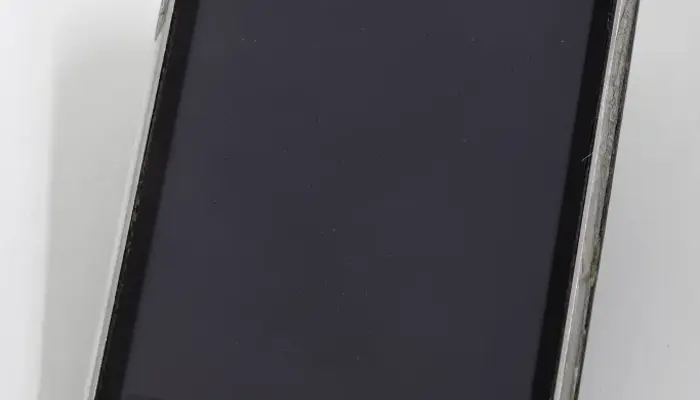
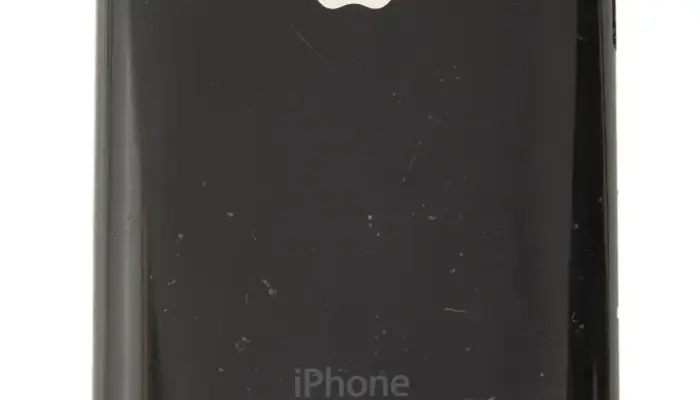
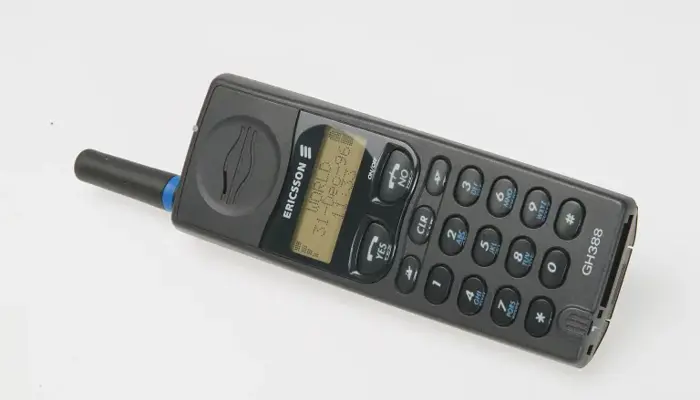
Mobiles have changed over time, moving from being simple ‘mobile’ telephones, to Smart Phones that can take photographs, access the internet – they’re basically small complex computers that have revolutionised how we go about our lives. Early mobile batteries didn’t last as long as they do now. Battery design is always being improved to store more power for longer and to charge faster. Do you remember early mobile phones? Did your mum, dad, or a grandparent use one? Why not ask them how often they had to charge and how long it took?
Batteries have changed over time, you’ll find many examples of different types of batteries and chargers in Glasgow Museums’ collection. Most have become obsolete. Will the use of cobalt in battery manufacture become obsolete one day?
T.2005.123.2 Battery charger for AA Callsafe mobile telephone.
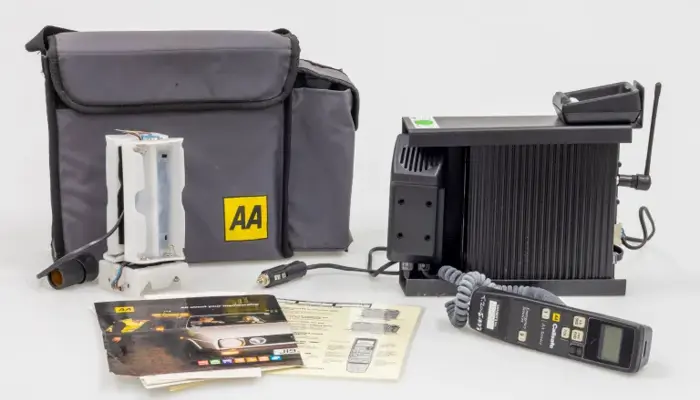
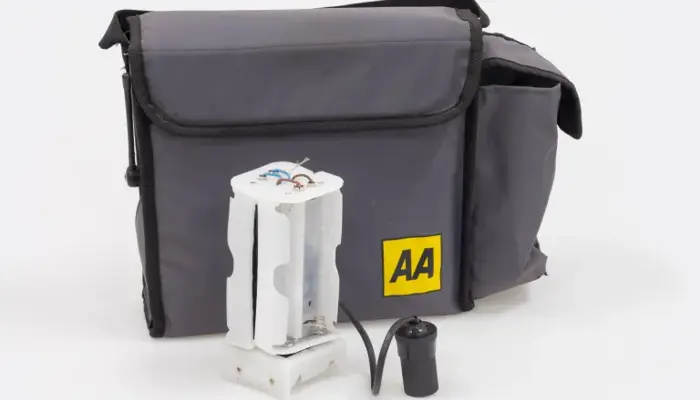
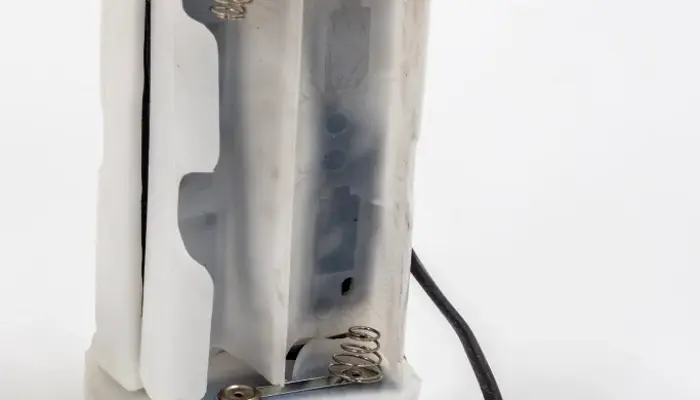
We need to use more electricity if we want to save the planet, and that means more batteries.
So what’s the answer?
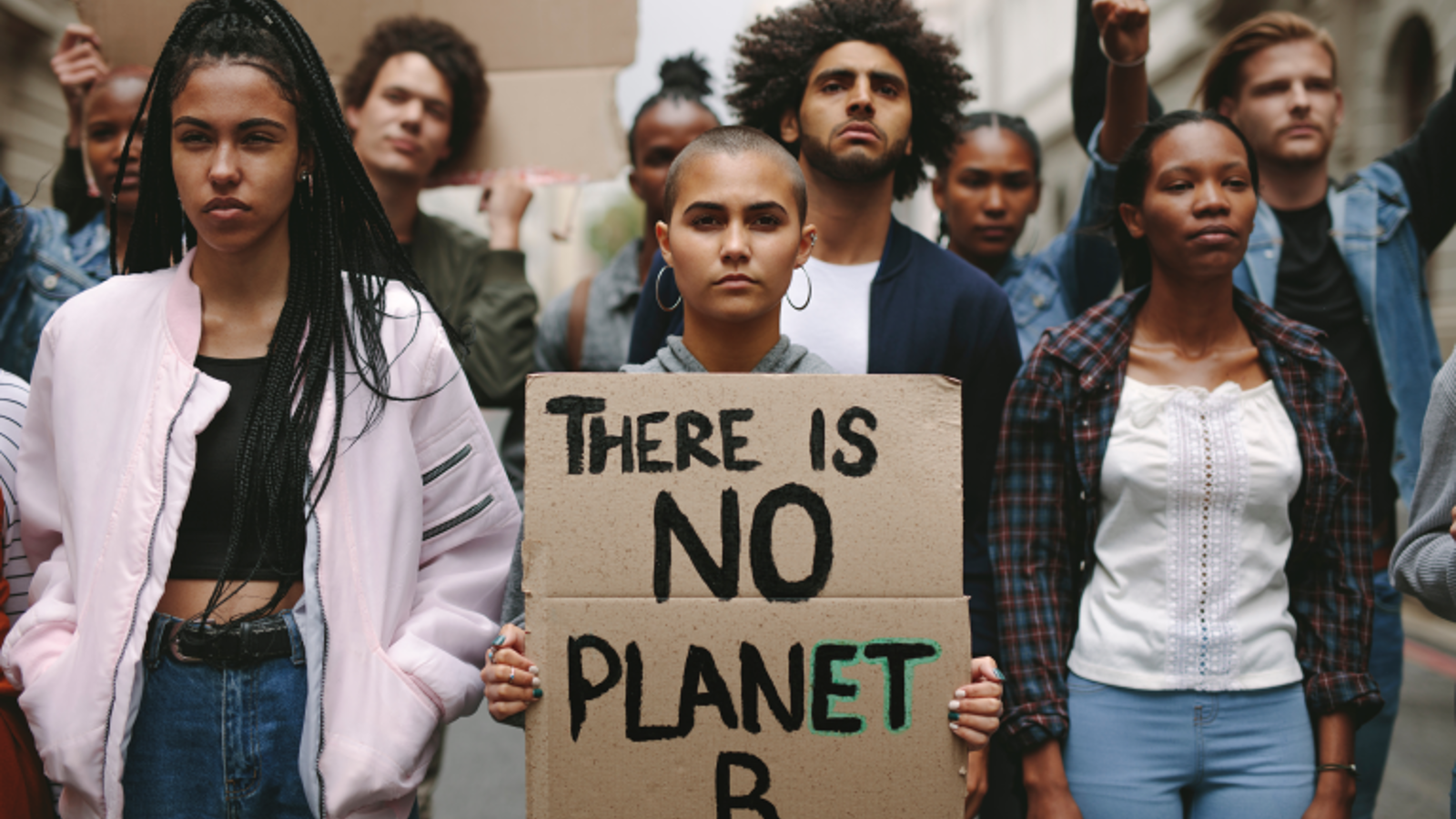
Re-use
What is the cost of cobalt? The cost is human rights and safety, as well as damage to the environment. So what can we do about it? Recycling is a good answer when a battery has come to the end of its life, but reusing is better than recycling because it saves the energy that comes with having to dismantle and re-manufacture products. It also significantly reduces waste and pollution because it lessens the need for raw materials.
So one answer might be using one Smart Phone, tablet or device until it can’t be used anymore, rather than updating to the newest model. Then recycling devices and batteries only when they can no longer be used.
What Is a Circular Economy and Why Is It Important? (livekindly.co)
7 Reasons Why Reusing and Repurposing Is Better Than Recycling – One Green Planet
Find Better Ways to Mine
For now, cobalt is essential to make rechargeable batteries because it has the highest energy density. Tech companies like Apple, Microsoft and Tesla are trying to find a way to access Congolese cobalt in a more humane way with proper accountability. Responsible Cobalt Initiative (RCI) | RESPECT
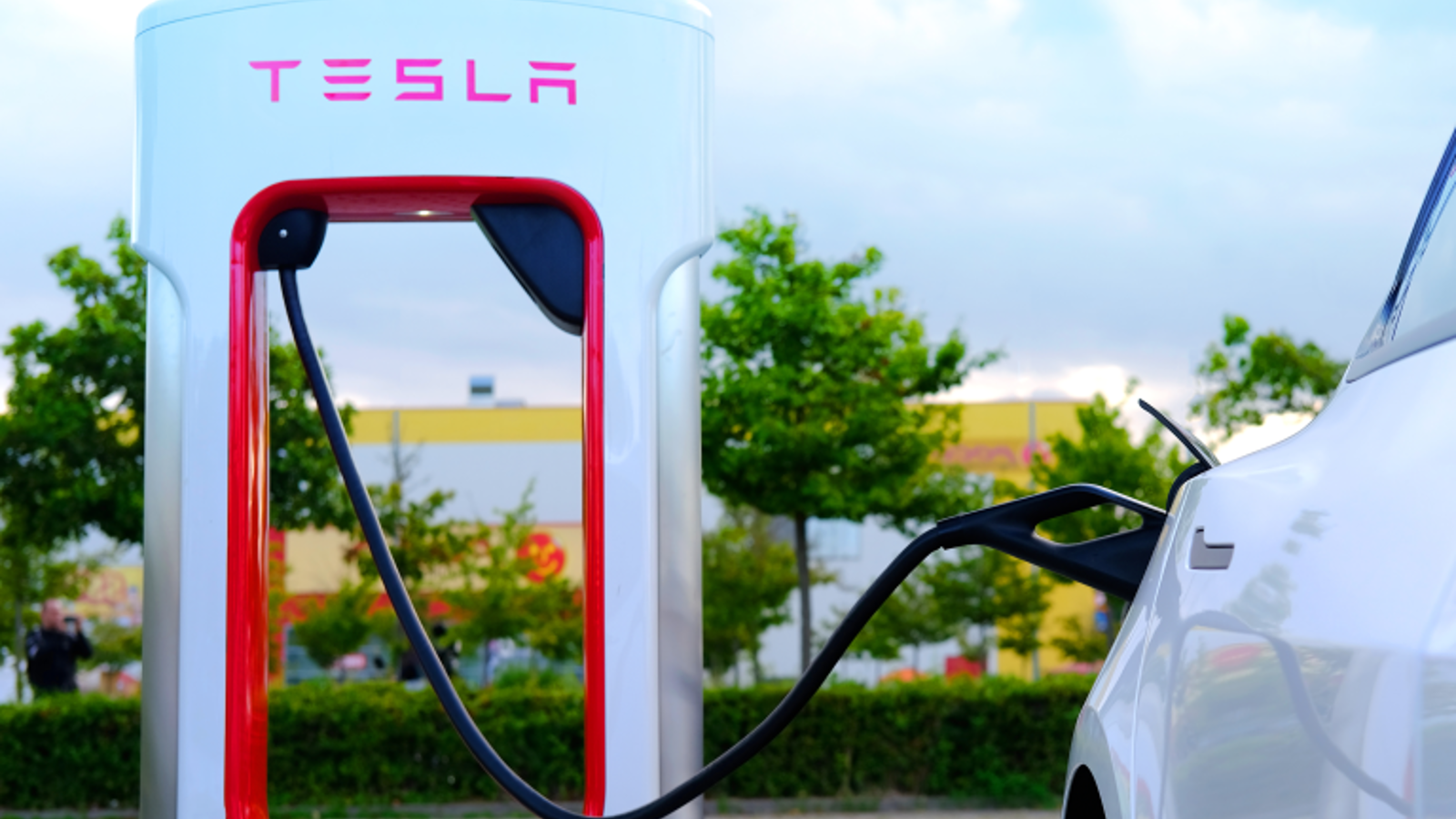
Re-design Batteries
But reducing or eradicating the need for cobalt is another potential option. Elon Musk, the founder of Tesla and designer of the electric car on display at the Riverside Museum, is investing in research to find alternatives to cobalt, and ways to use less in the production of electric car batteries. Tesla is currently working with a company called CATL to develop Lithium Iron Phosphate (LFP) batteries which would eradicate the need for cobalt. CATL Unveils Its Latest Breakthrough Technology by Releasing Its First Generation of Sodium-ion Batteries
Tesla’s Shift To Cobalt-Free Batteries Is Its Most Important Move Yet (forbes.com)
Recycle Batteries
A good recycling infrastructure in the UK could slow depletion of the cobalt reserves needed to manufacture batteries – it’s estimated that by 2030, recycling could provide Europe with 10% of its cobalt supply.
Scotland is already taking the recycling of lithium-ion batteries very seriously. Fenix open a new battery recycling facility in Scotland – BatteryIndustry.tech
Fenix Battery Recycling’s fully licensed Kilwinning site, at Byrehill Industrial Estate accepts batteries for storage and discharge.
The facility plays a role in recycling in the UK and global markets, with batteries coming from as far away as the USA to be treated.
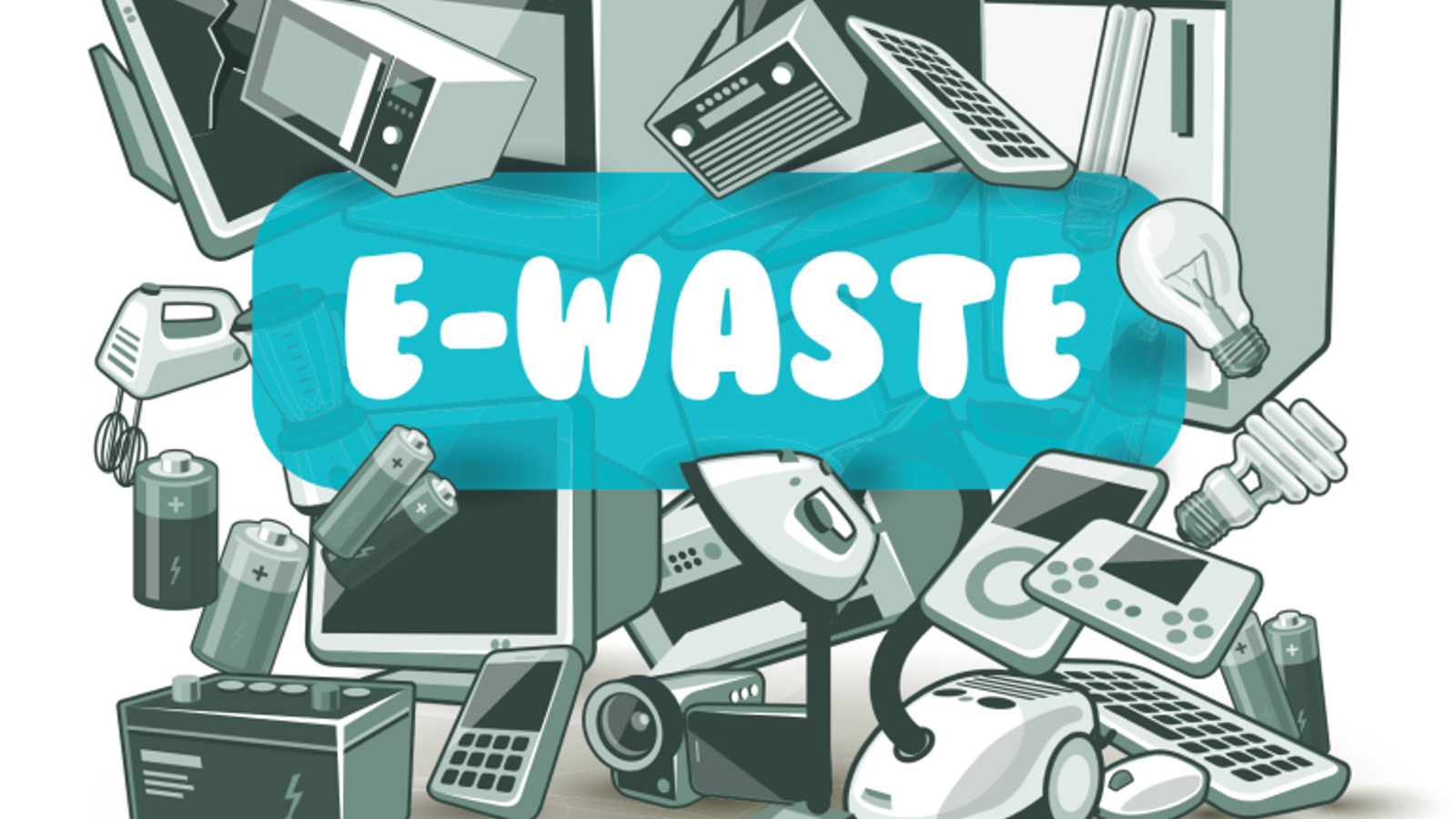
In a 2021 survey Zero Waste Scotland reminds public to recycle old batteries | Resource Magazine 25% of households admitted to sending batteries to landfill rather than recycling them. Another good reason to recycle batteries is that the number of lithium-ion battery related fires at landfill sites is increasing annually due to the failure to recycle these batteries correctly, which is costing the UK £158 million annually, according to recent research.
When it comes to lithium-ion batteries Zero Waste Scotland recommends: “…lithium-ion batteries, found in laptops, tablets and other gadgets, should be removed from the device when switched off once ready to be recycled.”
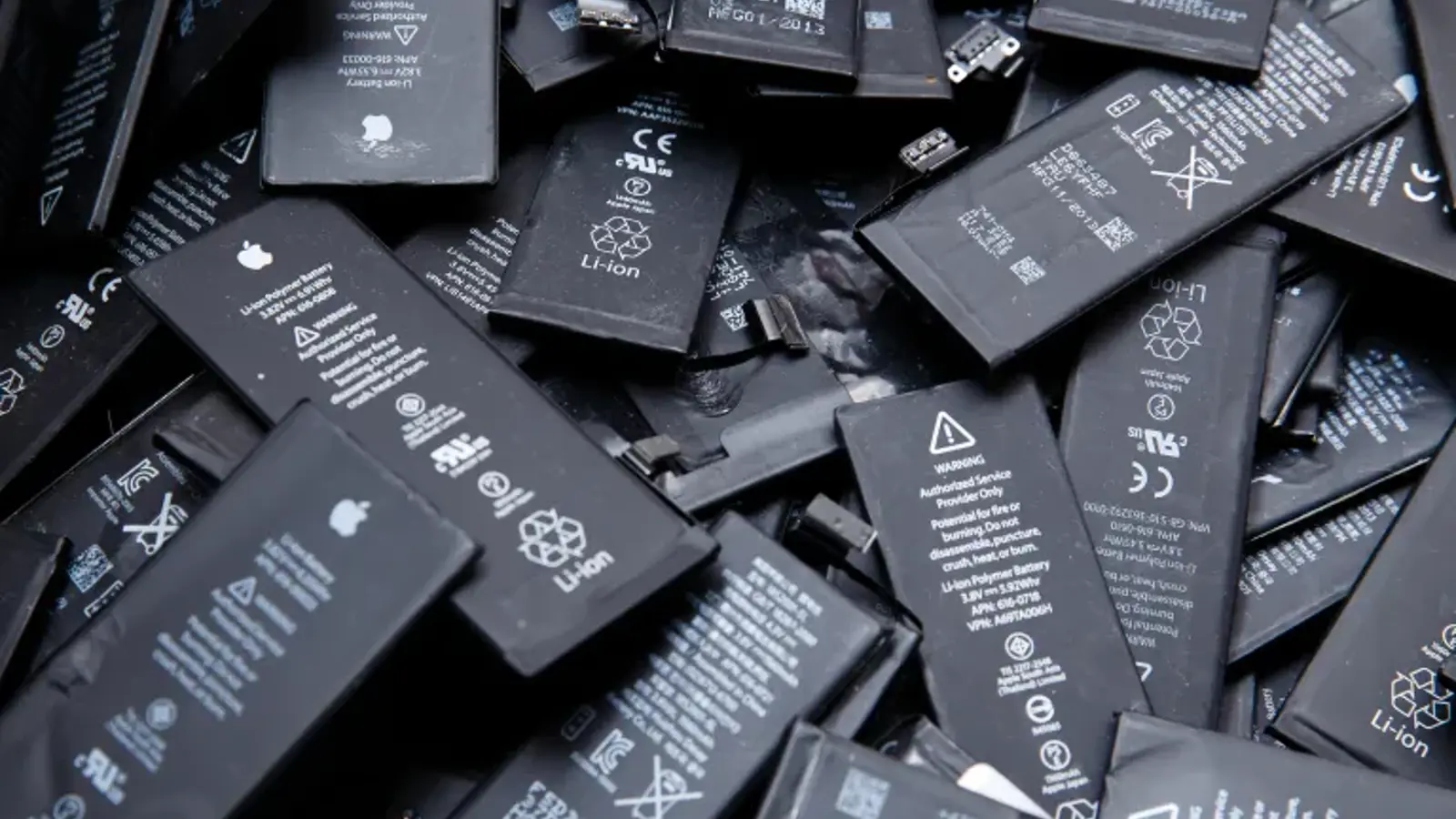
“The used lithium-ion battery should then be stored in a cool, dry place at normal room temperature until it can be taken to a recycling centre or a waste electronic and electrical equipment recycling point.”
Where can I recycle my batteries?
You’ll find information about recycling batteries if you click the link below:
Used batteries | Recycling | How to Waste Less (zerowastescotland.org.uk)
Click this link to find the nearest and easiest way to recycle batteries in Scotland near you: Recycling locator | How to Waste Less (zerowastescotland.org.uk)
Work Together to Raise Awareness
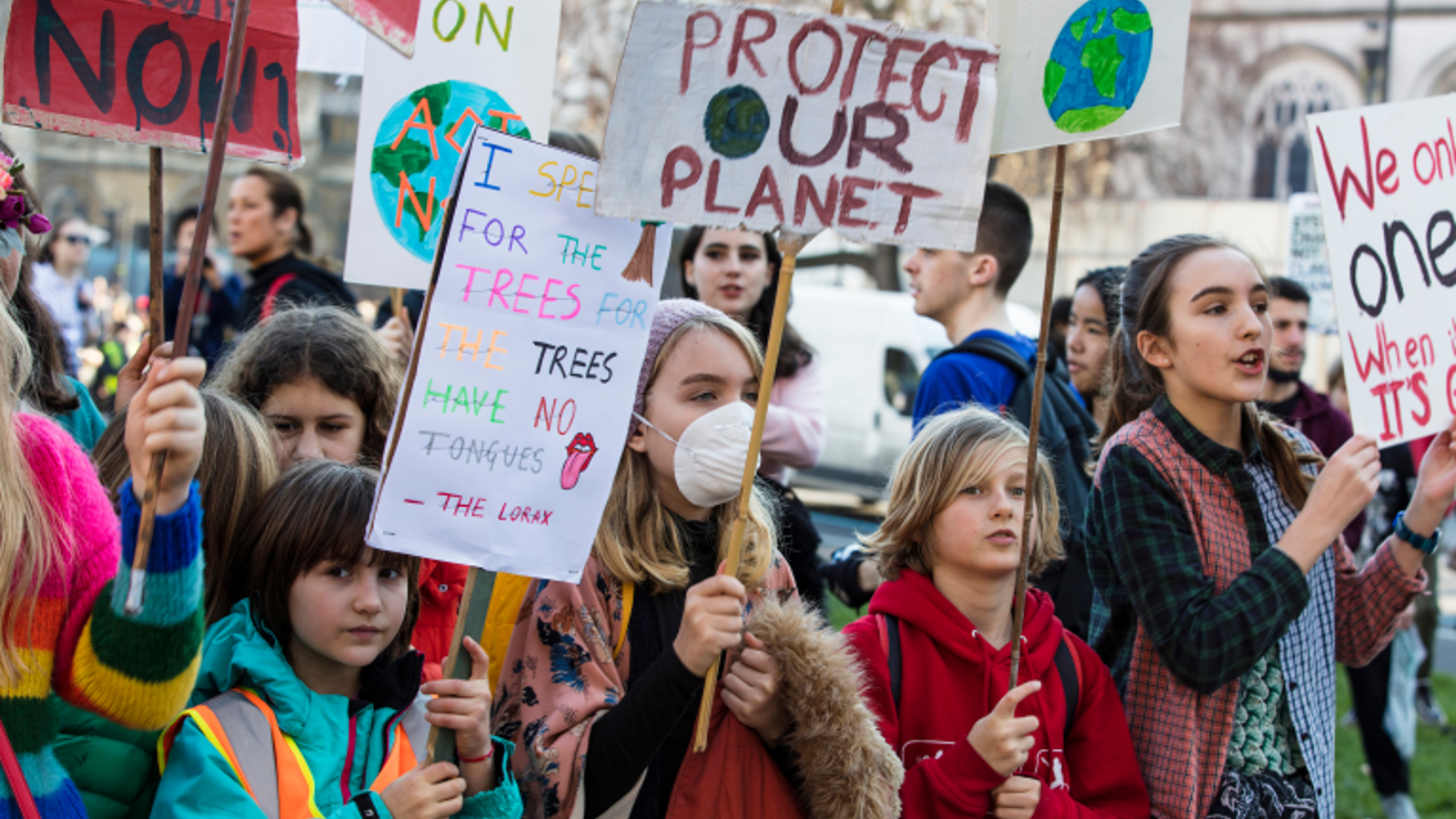
Young people all over the world have taken a pro-active role in spreading the message of global warming, and the things we need to do to save our planet – to save our home.
Glasgow Museums’ has been collecting hand-made placards, flyers, badges and stickers from protests and marches in Glasgow so that people in the future can see some examples of the tireless work of young people in our city to make the change we need.
Protest Materiel
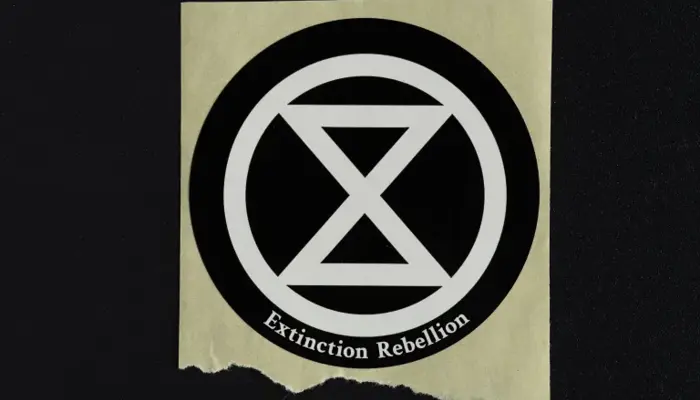
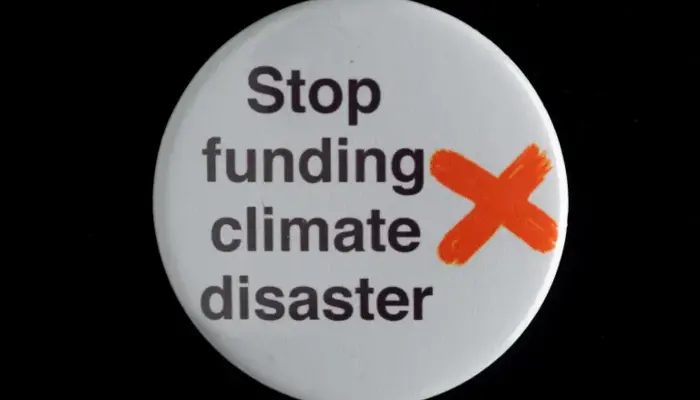
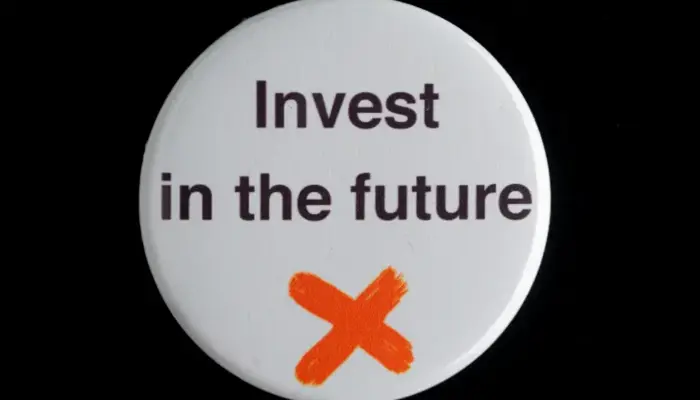
Raising awareness and urging people to do things differently has been powerful in making change.
With companies researching new ways to make batteries, with recycling plants developing ways to recycle batteries better, and with young and old coming together to raise awareness, things can and will change for the better.
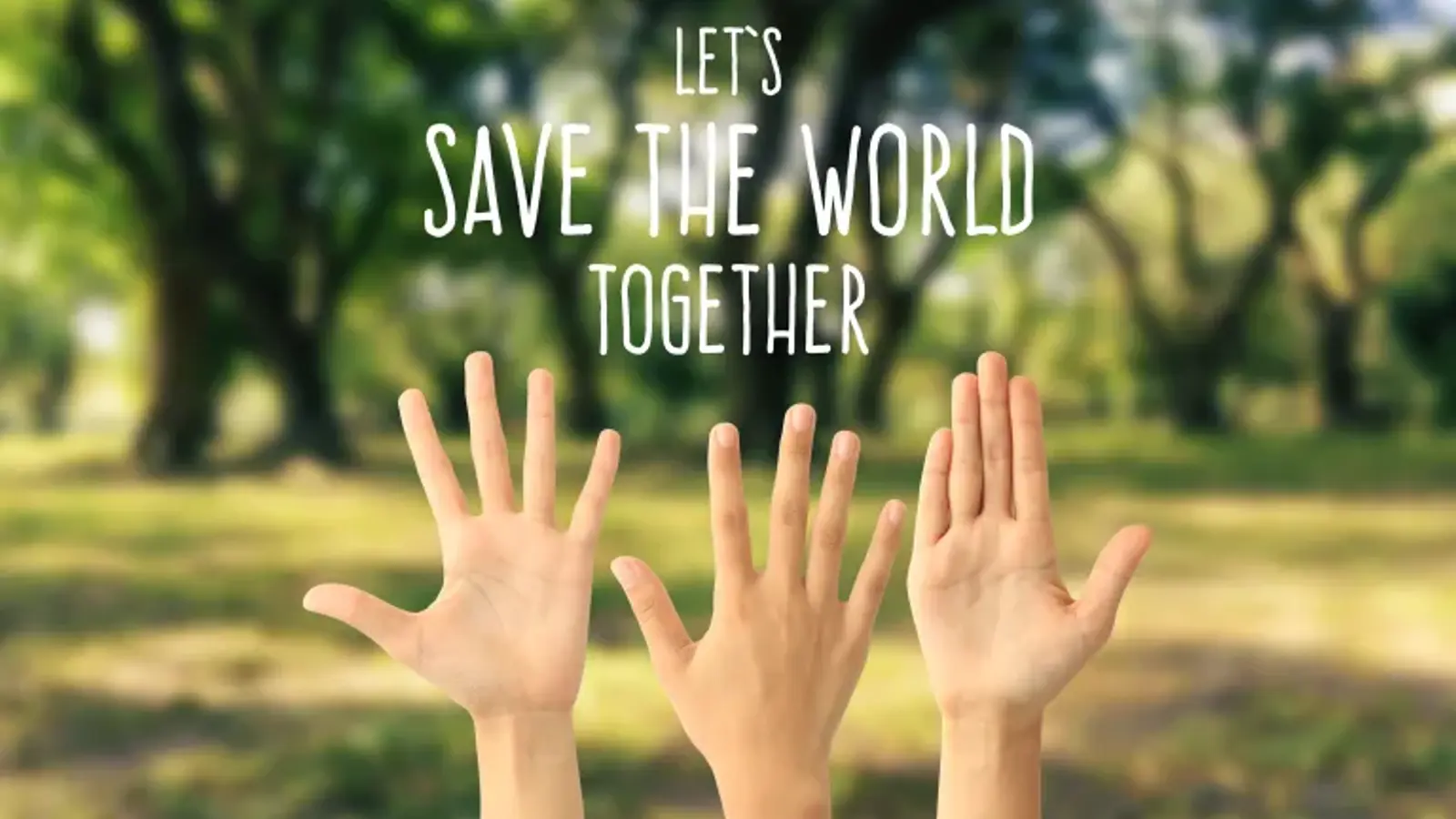
See the Tesla and Hybrid in our ‘Going Green’ display at The Riverside Museum Riverside Museum — Glasgow Life and you can see the other objects mentioned at Glasgow Museums’ Resource Centre Glasgow Museums Resource Centre — Glasgow Life
For images of museum objects visit:www.csgimages.org.uk
Interested in seeing more of Glasgow Museums’ collections? Check out: http://collections.glasgowmuseums.com/
Part of Glasgow Museums’ Our Climate Stories
All content © Culture and Sport Glasgow (Museums) unless otherwise stated
